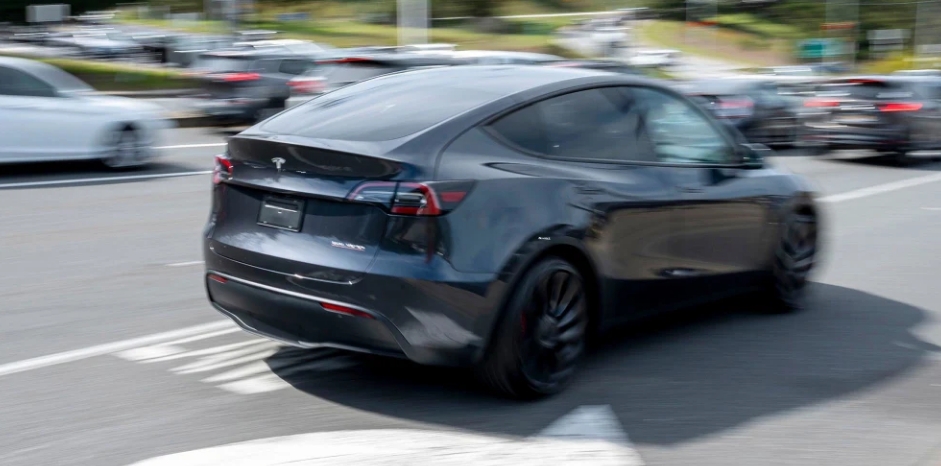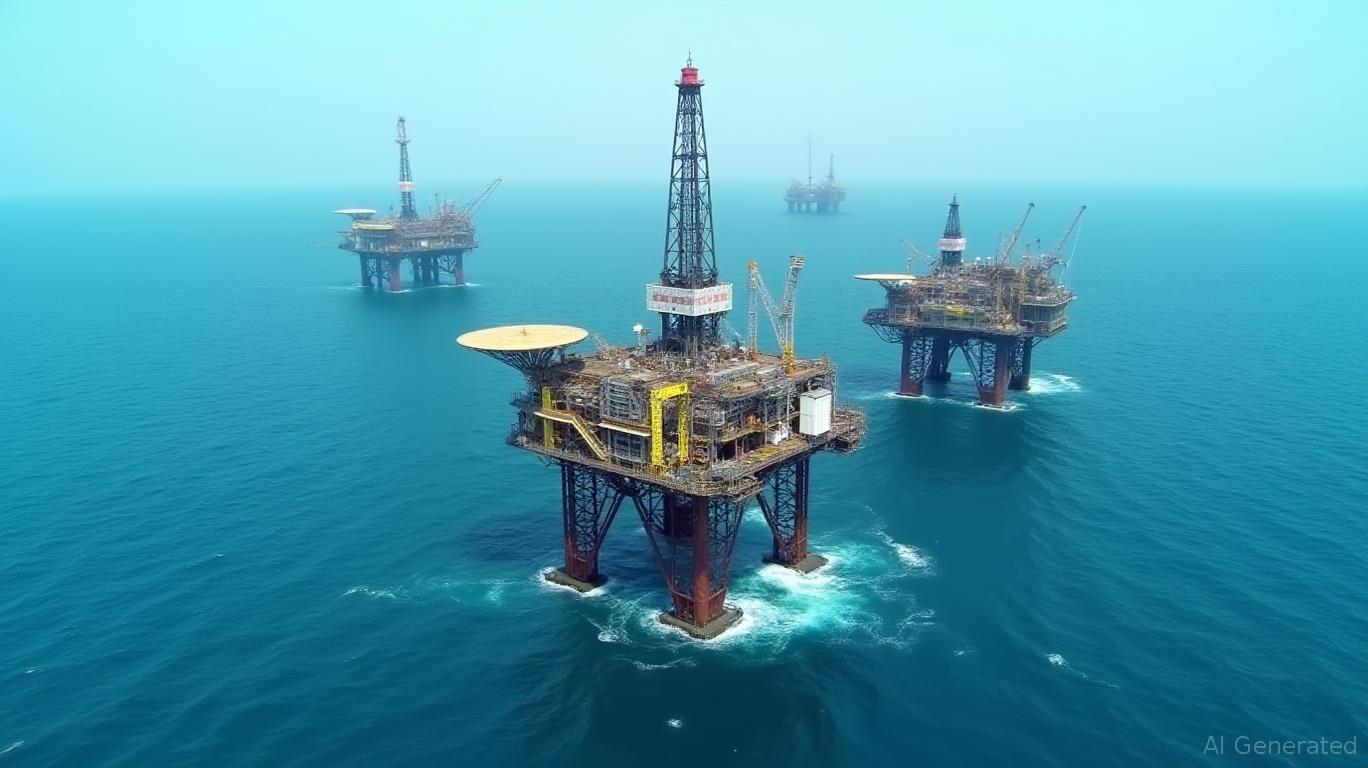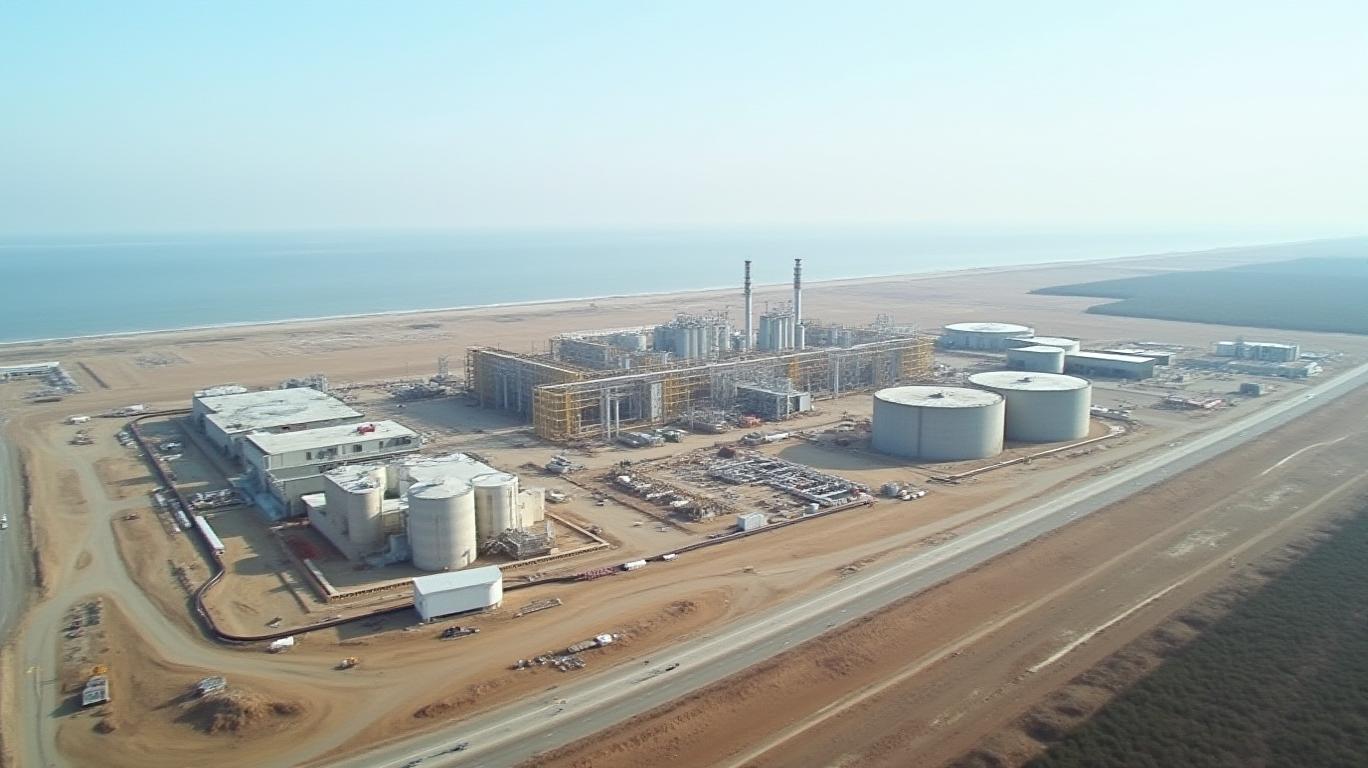Navigating the Storm: Woodside's LNG Gamble and the Credit Outlook Shift
The recent decision by S&P Global Ratings to downgrade Woodside Energy’s credit outlook to “negative” from “stable” marks a pivotal moment for the Australian LNG giant. The trigger? Its $17.5 billion Louisiana liquefied natural gas (LNG) project, which has raised red flags about financial risk management. This move underscores the precarious balance between capital-intensive fossil fuel investments and creditworthiness in a shifting energy landscape.

The Louisiana LNG Project: A Risky Bet?
Woodside’s Louisiana venture, approved earlier this month, reflects its confidence in sustained global LNG demand and the pro-fossil fuel policies of the U.S. administration. However, S&P’s skepticism stems from two critical factors: exposure to commodity price volatility and limited stake dilution. While Woodside sold a 40% stake to U.S. infrastructure firm Stonepeak, it retains 60% of the project’s economic interest. Crucially, the company remains fully exposed to the project’s entire $17.5 billion value, including potential cost overruns or oil price declines.
This misalignment is a major concern for S&P. The rating agency highlighted that Woodside’s funds from operations (FFO) to debt ratio—a key metric for financial flexibility—will likely remain around 50% over the next few years. A ratio below 50% typically signals heightened vulnerability to economic shocks.
S&P’s Warnings: A Closer Look
S&P’s downgrade to a “negative” outlook doesn’t yet strip Woodside of its ‘BBB+’ credit rating—the highest non-investment grade rating—but it signals increased scrutiny. The agency emphasized three risks:
1. Market Exposure: Woodside’s retained 60% stake leaves it disproportionately vulnerable to commodity price fluctuations.
2. Cash Flow Strain: The Louisiana project’s operational ramp-up will divert capital, potentially limiting the company’s ability to weather unexpected costs or weaker oil prices.
3. Debt Sustainability: With FFO/debt at 50%, Woodside’s financial buffer is thin. S&P noted that further stake sales or cost reductions are critical to mitigate risks.
CEO Meg O’Neill has acknowledged these challenges, stating that Woodside will pursue additional stake dilution in the project. However, progress here is uncertain, and the company’s current leverage leaves little room for error.
Broader Industry Context: LNG’s Role in the Energy Transition
Woodside’s bet on Louisiana aligns with a global LNG boom, driven by Asian demand and Europe’s post-Russian energy diversification. The project’s location in the U.S., a major shale gas producer, also benefits from low feedstock costs. Yet, this reliance on fossil fuels comes at a time when investors increasingly prioritize decarbonization.
The tension is clear: While LNG is a “bridge fuel” in the energy transition, Woodside’s heavy capital allocation to a single project could backfire if global energy policies shift abruptly or demand wanes.
What Investors Need to Watch
- Stake Dilution Progress: Can Woodside offload more equity to reduce its exposure? A 50% stake sale would significantly lower risk.
- FFO/Debt Ratio: Track whether the ratio improves beyond 50%. S&P’s threshold for stability is typically above 50%.
- Commodity Prices: Monitor oil prices (Brent crude) and LNG spot prices, as both directly impact Woodside’s cash flows.
Conclusion: A High-Stakes Balancing Act
Woodside’s Louisiana LNG project is a double-edged sword. On one hand, it capitalizes on strong LNG demand and strategic U.S. partnerships. On the other, it exposes the company to heightened financial risks that could jeopardize its credit rating.
S&P’s “negative” outlook is a wake-up call. With a FFO/debt ratio hovering at 50% and 60% exposure to a $17.5 billion project, Woodside must aggressively dilute its stake or face a potential downgrade to ‘BBB’—a move that would increase borrowing costs and complicate future investments.
Investors should remain cautious but not entirely dismissive. If Woodside can secure further equity partners and maintain LNG prices above $12/mmBtu (the current long-term average), the project could prove profitable. However, with geopolitical risks and volatile energy markets, the path to success is narrow.
For now, Woodside’s story is a microcosm of the fossil fuel industry’s dilemma: leveraging today’s opportunities while preparing for tomorrow’s uncertainties. The Louisiana project’s outcome will likely define its financial health—and its relevance—in the next decade.
Data sources: S&P Global Ratings reports, Woodside Energy press releases, commodity price indices.










I made over 150k here with an expert’s help and recommendation 🤗
She’s great connect 🇺🇸+.𝟣𝟧𝟨𝟥𝟤𝟩𝟫𝟪𝟦𝟪𝟩